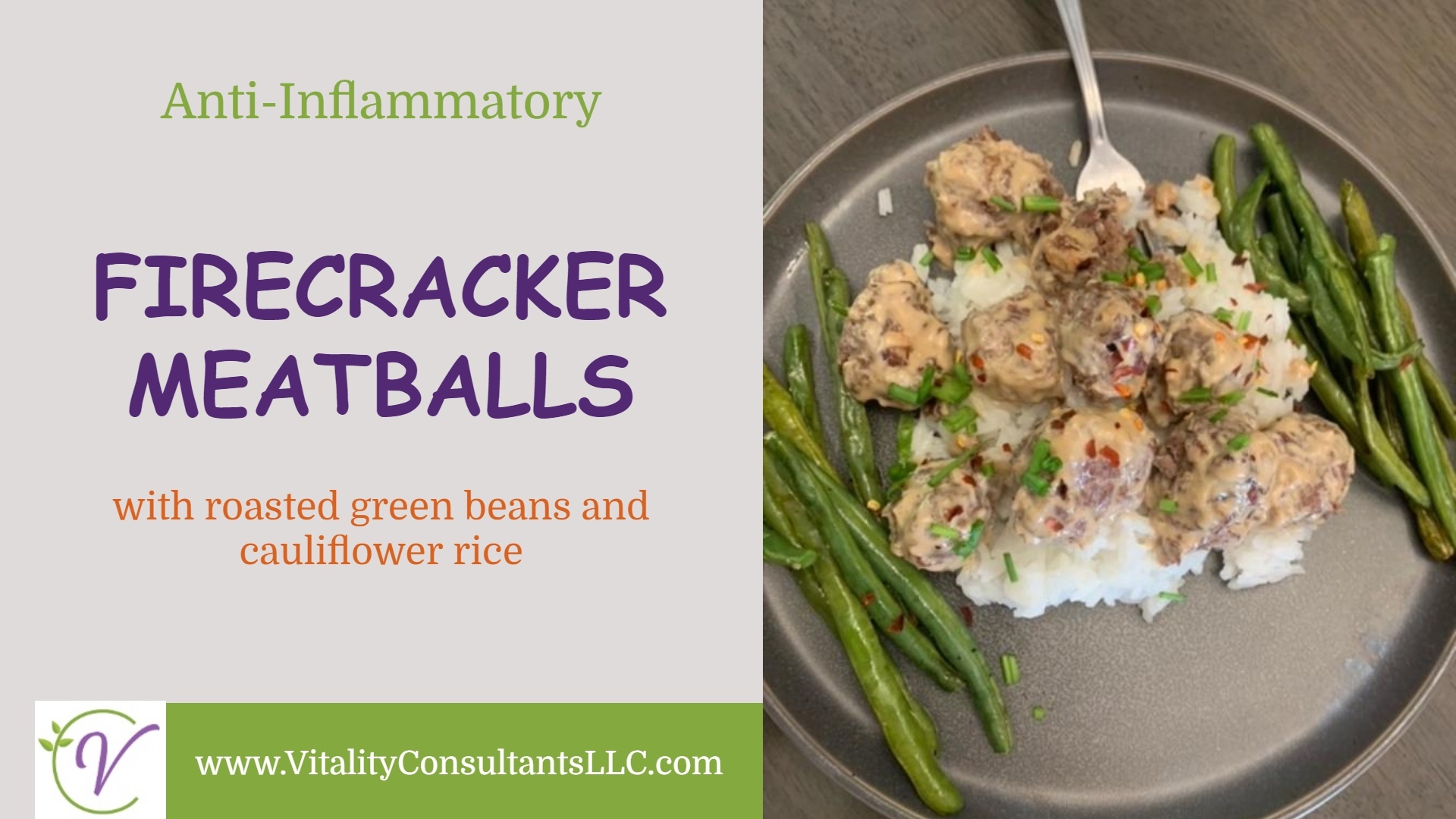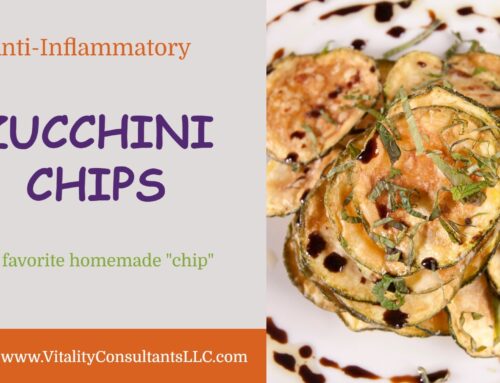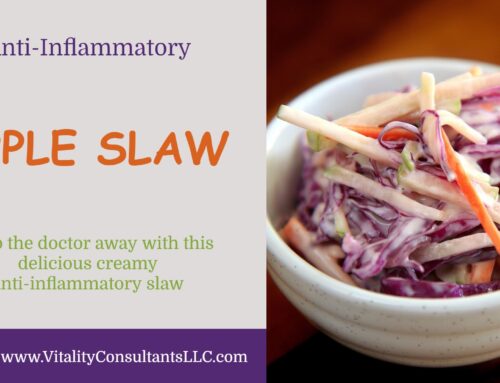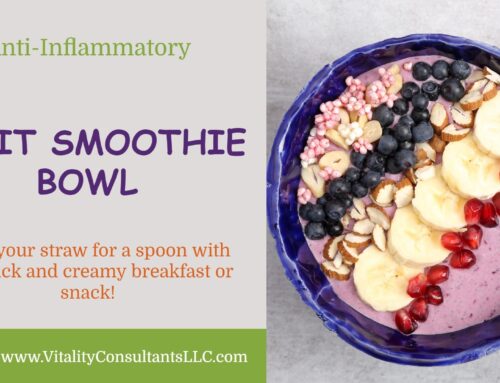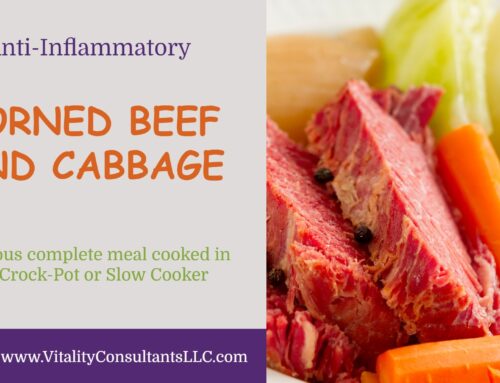Meatballs are popular around the globe. Nearly every major culture has its version of the meatball: Spanish albondigas, Dutch bitterballen, Chinese lion’s heads, South African skilpedjies. Kofte, too, is cooked everywhere from India to Morocco.
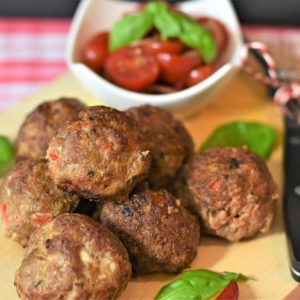 People love meatballs because they’re easy to cook, simple and affordable. You can make meatballs with nearly any kind of meat, such as ground beef, turkey, lamb or chicken, and mixed with herbs and other flavors, transforming the ground meat into something delicious. Meatball recipes are also perfect for frugal foodies, stretching a relatively small amount of meat into a substantial meal by mixing it with bread, cracker crumbs, egg or mashed vegetables.
People love meatballs because they’re easy to cook, simple and affordable. You can make meatballs with nearly any kind of meat, such as ground beef, turkey, lamb or chicken, and mixed with herbs and other flavors, transforming the ground meat into something delicious. Meatball recipes are also perfect for frugal foodies, stretching a relatively small amount of meat into a substantial meal by mixing it with bread, cracker crumbs, egg or mashed vegetables.
The affordability and flexibility made the meatball so appealing to Italian-Americans in the late 19th and early 20th centuries. Most of the Italian immigrants who arrived in the northeastern United States in the 1880s came from the impoverished southern regions of their home country: Sicily, Calabria, Campania, Abruzzi, Molise. Italian polpette are simple to make with very little money, so they became a staple.
With meatballs being made with the cheapest cuts of meat available, Italian immigrants tried creative new ways to make them more appealing. Canned tomatoes were cheap and easy to find, so Italians leaned heavily on the marinara sauce that had come to the United States from Naples. And in order to make their meals more substantial, cooks began pairing the meatball with the cheapest noodle on the market.
Gradually, Italian immigrants’ incomes rose, and meat became more affordable. The meatball grew along with the average family paycheck, becoming larger and denser as home cooks used more meat and relied less on stale bread soaked in milk to round out the portion.
Meatballs remain a staple in my house, and we try them in all different ways. I recently ordered some meals from one of the popular home delivery services. The meatballs looked delicious but did not fit an anti-inflammatory lifestyle—the recipe called for mayonnaise, sour cream, soy sauce and breadcrumbs. And one side dish was jasmine rice—lots of no-nos for this lifestyle. So, I put on my thinking cap and adapted the recipe. This meal is so delicious! Give it a try, and let us know what you think!
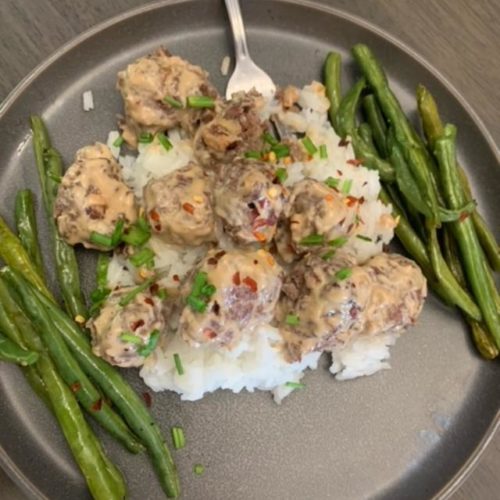
Firecracker Meatballs
Ingredients
- 4 scallions or green onions
- 1 thumb ginger peeled and minced
- ½ cup plain Greek or coconut yogurt
- 4 tsp honey
- ¼ cup Bragg Liquid Aminos
- 2 tsp Sriracha sauce or to taste
- 20 oz ground beef, chicken or turkey
- ½ cup finely ground Nut-Thins crackers
- Kosher salt and black pepper to taste
- 12 oz fresh green beans
- olive oil
- 12-16 oz cauliflower rice
- 1 tsp Korean chili flakes or red pepper flakes or to taste
Instructions
- Preheat oven to 425° and adjust top rack to middle position. Lightly oil or spray a large baking sheet.
- Trim and thinly slick green onion, separating whites from greens; mince whites.
- In a medium bowl, combine yogurt, honey, 4 tsp Bragg Liquid Aminos (you'll use the rest later), and sriracha to taste. Set aside.
- In a large bowl, combine ground meat, cracker crumbs, onion whites, ginger, remaining Bragg Liquid Aminos, salt and pepper. Form into 20-24 1½-inch meatballs.
- Place meatballs on one side of prepared baking sheet. Toss green beans on the empty side with a drizzle of oil, salt and pepper. Roast on top rack until meatballs are cooked through and green beans are browned and tender, 14-16 minutes.
- While meatballs and green beans roast, combine cauliflower rice with your favorite seasonings (salt, pepper, garlic powder, etc.) and heat over medium heat until cooked through and hot. Set aside until ready to serve.
- To serve, divide rice between bowls or plates. Carefully add meatballs with sauce to a clean bowl; toss to coat. Top rice with meatballs and drizzle with any remaining sauce. Serve green beans on the side. Garnish with scallion greens and chili flakes to taste.
Notes
If you’re interested in an anti-inflammatory lifestyle and more recipes (and anti-inflammatory information) like this one, check out The Official Anti-Inflammatory Diet Masterclass. Or email us at info@vitalityconsultantsllc.com for more details.
Want free anti-inflammatory recipes, downloadable resources and efficiency tips and tricks from a professional chef? Of course, you do! Click here for the secret sauce!


